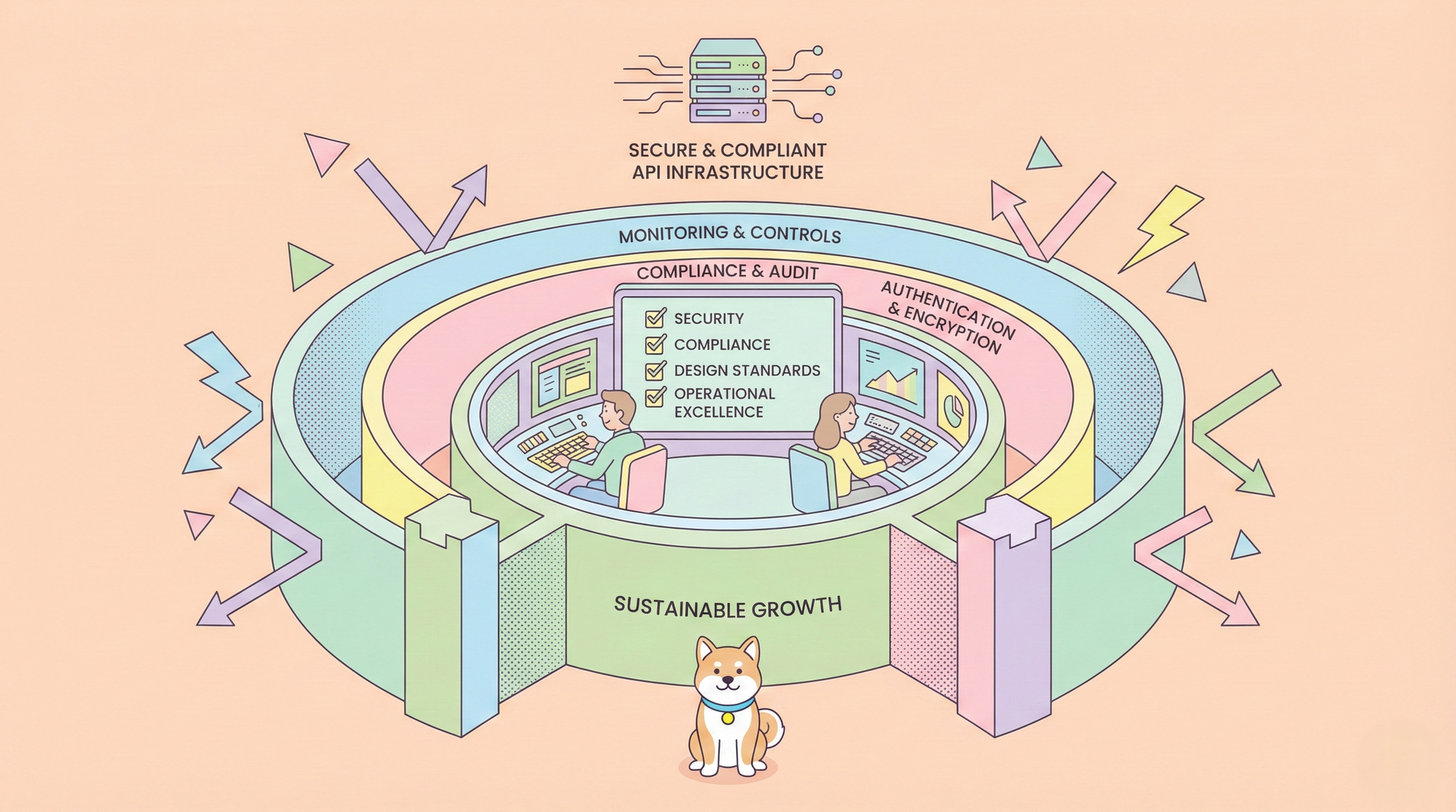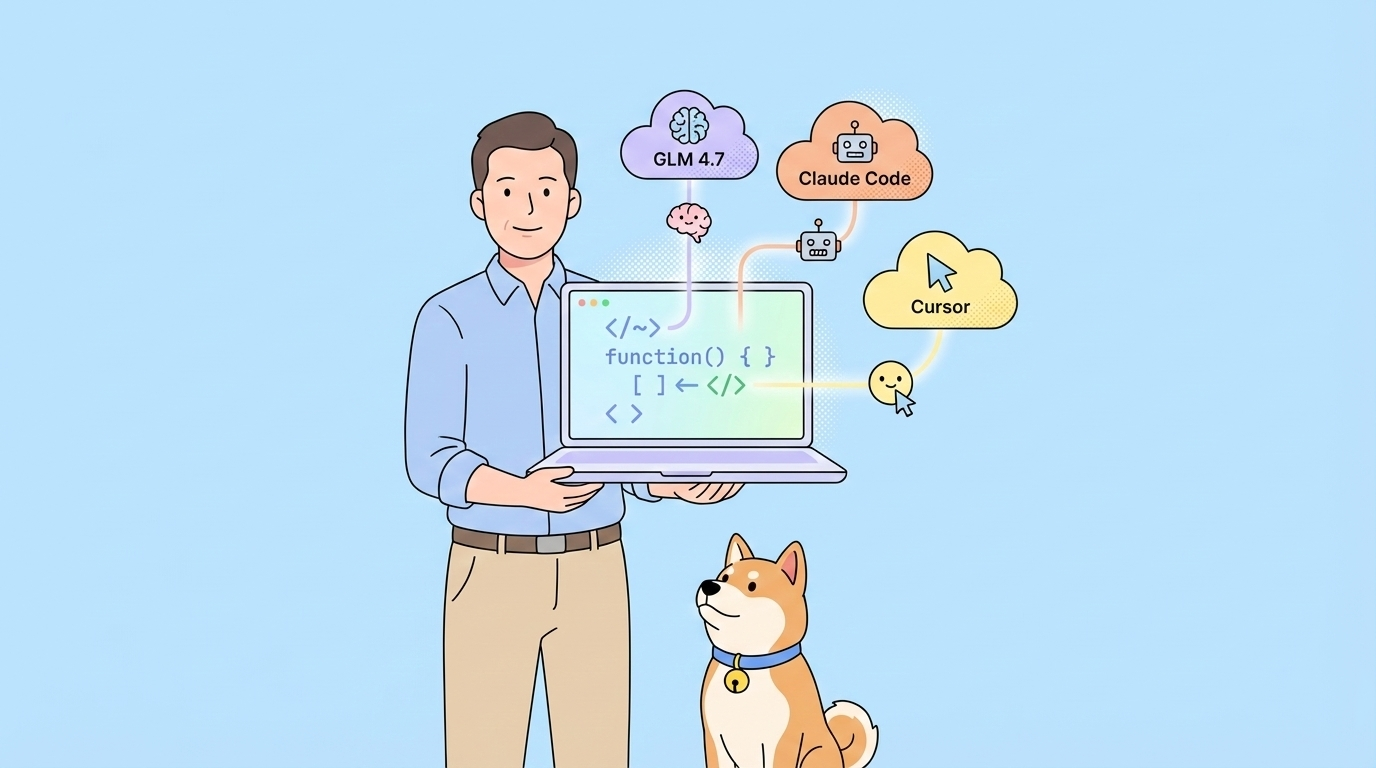In the world of API development and testing, two tools often stand out: Postman and Insomnia. Both are popular choices for developers aiming to test and document APIs efficiently. However, they serve slightly different purposes and have their unique strengths and limitations. This article explores the ideal use cases and drawbacks of each, providing insights for developers to choose the best tool according to their needs.
In summary, Postman is well-suited for collaborative environments and testing mature APIs, while Insomnia caters to individual developers valuing open-source solutions and local data management.
Postman: Ideal Use Cases and Limitations
Postman has established itself as an indispensable tool for API consumers, offering a suite of features that address the fundamental needs of interacting with APIs efficiently and effectively. It is particularly advantageous in several key scenarios:

Ideal Use Cases for Postman
-
Quick API Requests: Postman excels in environments where APIs are already developed, allowing developers to quickly create and send requests. Its user-friendly interface facilitates a seamless process for testing and interacting with existing APIs.
-
Creating Collections: Postman enables users to create collections for sending requests in succession, which is particularly beneficial in testing sequences or related API endpoints. This feature aids in organizing tests and ensures comprehensive testing scenarios.
-
Forking Collections: Developers can fork other people’s Postman collections. This is particularly useful in collaborative projects or when utilizing commonly used API requests shared by others in the community.
-
Building Request Flows: With Postman Flows, users can construct intricate requests chains and visualize them in graphs, enhancing understanding and tracking of API interactions across different services.
Limitations of Postman
-
Not Ideal for Developing APIs: Postman struggles in environments where APIs are continuously evolving. When APIs change, developers need to manually rewrite requests and scripts, leading to inefficiencies.
-
Separation of API Specs and Collections: Postman doesn’t integrate API specifications with collections, preventing a unified representation or single source of truth, which can cause discrepancies between the intended and implemented API designs.
-
Limited Free Usage: Postman restricts the usage of collection runs. Users must pay for services after exceeding 25 runs, which might be limiting for some developers or small teams managing budget constraints.
Insomnia: Ideal Use Cases and Limitations
Insomnia is a versatile API client that caters to developers seeking an open-source solution with powerful scripting capabilities. It is particularly useful for solo developers who prioritize privacy and are comfortable with more advanced technical setups.

Ideal Use Cases for Insomnia
-
Open Source and Local Data Needs: Insomnia is a great choice for users who require open-source solutions or prefer to store their data locally. This is appealing to developers concerned with privacy or those working with sensitive data.
-
Suitable for Individual Developers: It serves independent developers well for sending requests and maintaining collections, offering a straightforward and efficient interface for personal projects and testing.
Limitations of Insomnia
-
Separation of Specs and Requests: Like Postman, Insomnia separates the specification from the request itself, which can lead to inconsistencies between the defined API structure and actual requests made, potentially affecting reliability.
-
Lack of Collaboration Features: Insomnia lacks robust collaboration features, making it harder for teams to work together efficiently. Updating APIs across team members typically requires rewriting scripts, which is time-consuming.
-
Suboptimal UI and Feature Organization: The user interface design can be confusing, with functionalities being poorly organized. This may lead to a steep learning curve and inefficiencies while navigating through the tool.
Feature Comparison: Postman vs Insomnia
Here is a simple comparison of core features of Postman and Insomnia.
| Postman | Insomnia | Apidog | ||
|---|---|---|---|---|
| API Designing | ||||
| Design APIs visually | 🚫 | 🚫 | ✅ | |
| Define and reuse schemas | ✅ | ✅ | ✅ | |
| Generate API specification from request | 🚫 | 🚫 | ✅ | |
| Recognize JSON/XML/SQL to schema | 🚫 | 🚫 | ✅ | |
| API Debugging | ||||
| Pre/post-request scripts | ✅ | 🚫 | ✅ | |
| Response validation | 🚫 | 🚫 | ✅ | |
| Connect to databases | 🚫 | 🚫 | ✅ | |
| Multiple services | 🚫 | 🚫 | ✅ | |
| Support other programming languages | 🚫 | 🚫 | ✅ | |
| API Testing | ||||
| CI/CD | ✅ | ✅ | ✅ | |
| Add assertions visually | 🚫 | 🚫 | ✅ | |
| Run collections | 25/month | Unlimited | UnlimitedUnlimited | |
| Online test reports | 🚫 | 🚫 | ✅ | |
| API Documentation | ||||
| Custom domain | 🚫 | 🚫 | ✅ | |
| Custom documentation layout | 🚫 | 🚫 | ✅ | |
| Markdown pages | 🚫 | 🚫 | ✅ | |
| API Mock | ||||
| Fixed response mocking | ✅ | 🚫 | ✅ | |
| Smart mock engine | 🚫 | 🚫 | ✅ | |
| Cloud mock server | 🚫 | 🚫 | ✅ | |
| Customized mocking scripts | 🚫 | 🚫 | ✅ | |
| Mock server for load testing | 🚫 | 🚫 | ✅ | |
| Protocols | ||||
| HTTP | ✅ | ✅ | ✅ | |
| HTTP/2 | 🚫 | 🚫 | ✅ | |
| WebSocket | ✅ | ✅ | ✅ | |
| GraphQL | ✅ | ✅ | ✅ | |
| gRPC | ✅ | ✅ | ✅ | |
| IDE plugin | VS Code | 🚫 | IDEA |
In conclusion, both Postman and Insomnia have distinct strengths and limitations tailored to different use cases. Choosing between them depends on whether you're prioritizing better collaboration and organizing capability (Postman) or seeking an open-source, privacy-centric solution (Insomnia). Understanding these nuances can help developers make more informed decisions tailored to their project's requirements.



